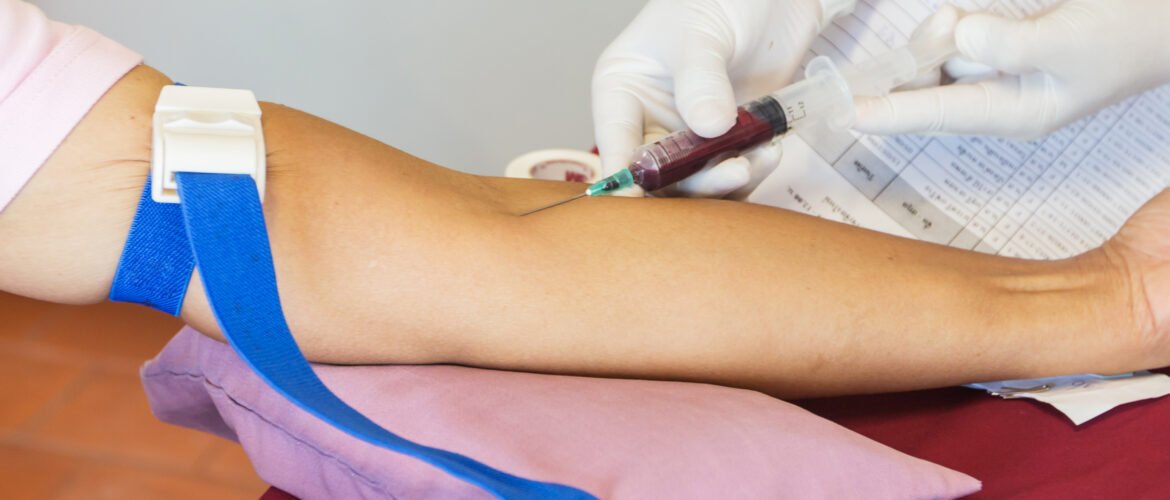- 020 3995 6399
- info@mediqueskills.co.uk
Blogs
Medique Skills > Blogs > Mastering Phlebotomy – Essential Techniques and Training for Successful Blood Draws
Mastering Phlebotomy – Essential Techniques and Training for Successful Blood Draws
- February 7, 2024
- Posted by: Admin
No Comments


Mastering Phlebotomy – Essential Techniques and Training for Successful Blood Draws
Introduction
Phlebotomy, the art of drawing blood for medical testing or donation, is a critical skill in healthcare. Mastering phlebotomy techniques requires specialized training and knowledge of anatomy, needle insertion, and infection control. In this article, we’ll explore the fundamentals of phlebotomy training and essential techniques for successful blood drawing, including venipuncture, capillary puncture, vein anatomy, needle insertion, and infection control
Phlebotomy Training
Phlebotomy training is the foundation for mastering blood drawing techniques. Aspiring phlebotomists undergo comprehensive training programs that cover anatomy, physiology, safety protocols, and hands-on practice. Accredited phlebotomy training programs offer a combination of classroom instruction, practical laboratory experience, and clinical rotations to ensure proficiency in venipuncture techniques and specimen collection procedures
Blood Drawing Techniques
Venipuncture is the most common technique used in phlebotomy to draw blood from veins for diagnostic testing or blood donation. Phlebotomists must locate suitable veins, prepare the site, and insert the needle with precision to minimize discomfort and maximize success. Capillary puncture, on the other hand, involves obtaining blood from capillaries near the skin’s surface, often used for certain tests in pediatric or geriatric patients
Vein Anatomy and Needle Insertion
Understanding vein anatomy is crucial for successful venipuncture. Phlebotomists must identify suitable veins, assess their size, depth, and accessibility, and choose the appropriate needle size and angle for insertion. Proper needle insertion techniques, including the use of the bevel-up approach and the anchoring method, ensure optimal blood flow and minimize the risk of complications such as hematoma or nerve damage
Infection Control
Infection control is paramount in phlebotomy to prevent the transmission of infectious diseases and ensure patient safety. Phlebotomists follow strict protocols for hand hygiene, use of personal protective equipment (PPE), and disinfection of equipment and surfaces. Proper disposal of sharps and biohazardous waste reduces the risk of needlestick injuries and exposure to bloodborne pathogens
Conclusion
Mastering phlebotomy requires comprehensive training, hands-on practice, and adherence to safety protocols. By understanding venipuncture techniques, capillary puncture, vein anatomy, needle insertion, and infection control, phlebotomists can perform blood draws with confidence and precision. Continuous education and training are essential to stay updated on best practices and advancements in phlebotomy. With dedication and commitment to excellence, phlebotomists play a vital role in healthcare delivery, ensuring accurate diagnostic testing and compassionate patient care


